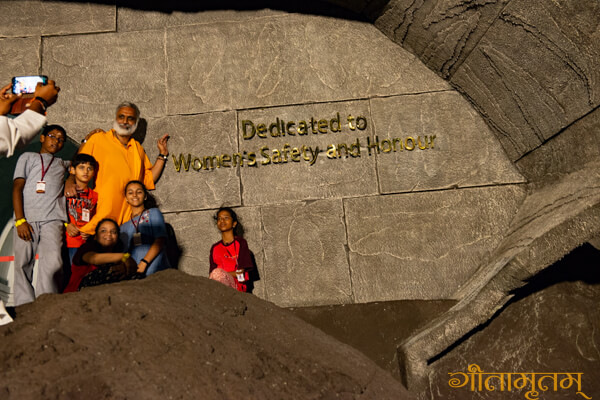Gita Yatra to Jatayupara
On Sunday the 24th of November, 17 children who are learning Gita from Amritapuri along with some parents and a few elder Gitamritam students, were on a Gita Yatra with Brahmachari Dhyanamrita Caitanya and Brahmachari Karthik.
They visited several famous places around Kollam district and learned about their history and significance. The children also reflected on what they saw, heard and experienced.
List of places visited:
- Kottarakara Ganapathi temple
- Punaloor suspension bridge
- Thenmala dam
- Kulathupuzha Ayyappa temple
- Kottukkal cave temple
- Jatayu earth centre
Kottarakkara Ganapati Temple
The first stop of the day was the Kottarakara Ganapathi temple, which is the most important Maha Ganapathi temple in Kerala. The temple has a very interesting history. The main idol of the temple is Lord Siva but the legendary Ulliyannor Perumthachan brought a Ganapathi statue there, which he had chiselled out of jackfruit tree. The priest agreed that Ganapathi should be consecrated there. After the installation was over Perumthachan offered Koottappam to Ganapathi for the first time, declaring: “Though the father is the main deity, the son will be much more famous.”
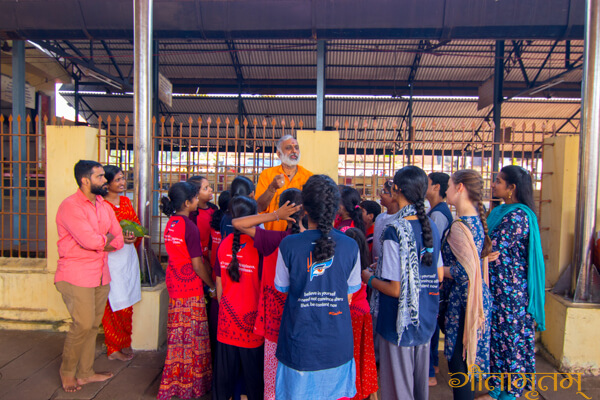
The children found the temple interesting and learned new things. When they reached the temple, morning ‘Seeveli’ was going on. This is the daily ritual of morning walk of the deity after breakfast!
Harikrishna said: “When we went to the temple we saw Siva being carried around the temple and Dhyanji told us that all the deities there had timetables.”
Amritavarshini S: “Even the Gods are following a timetable, so how much more do we human beings need to have a timetable! But it is not enough just to have a timetable, the important thing is to follow it.”
Chinmayi said: “I learned that we are not supposed to do a full circumambulation around Lord Shiva temple because Ganga is said to be flowing on one side.
The temple is very famous for it’s delicious ‘Unni appams’ which are prepared there right in front of Ganapathi. All the children enjoyed the Unni appams a lot and after praying to the family of Lord Siva they continued their journey.
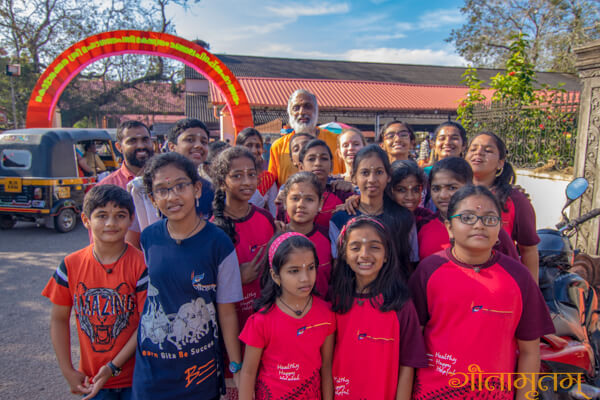
Punaloor suspension bridge
Next stop of the yatra was the Punaloor suspension bridge which was built in 1877 by Albert Henry across the Kallada river. The construction of the bridge took almost 7 years. It is said that after the completion of the bridge people hesitated to walk over it. In order to prove the strength of the bridge, the engineer and his family passed under the bridge in a country boat while six elephants were walking over it. Nowadays the bridge is of historical interest and a major tourist attraction.
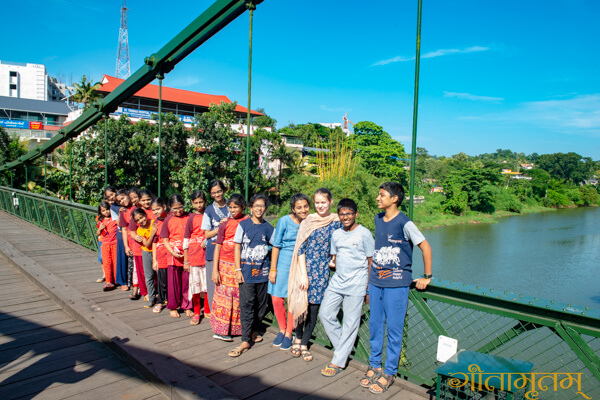
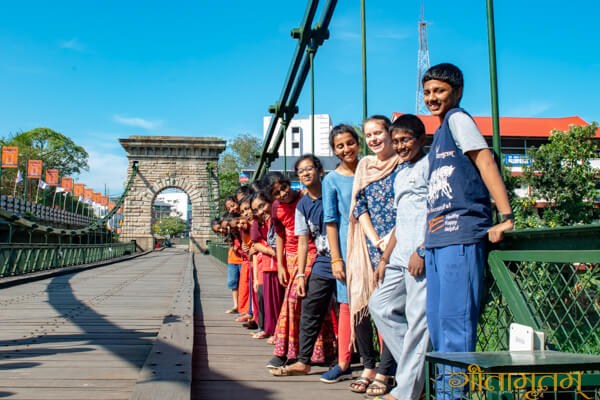
Amritavarshini K: “When I heard about the history of the Punaloor suspension bridge, I learned that we need to have courage and confidence in everything we do.”
Harikrishna: “The engineer was very courageous, brave and self-confident. We should also have these qualities and work like him.”
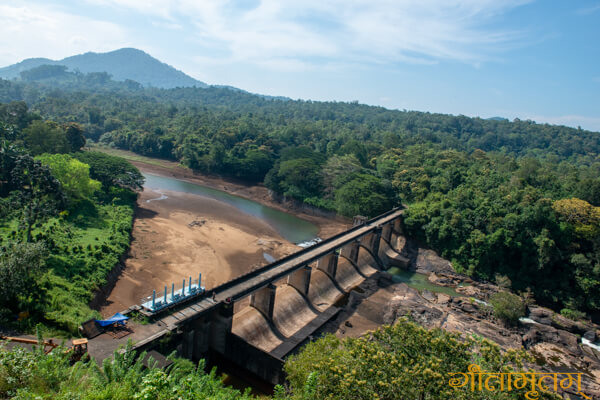
On the way from the suspension bridge to the Thenmala Dam, the yatra group stopped at a lookout place to admire the beauty of nature. The children said: “Nature was at its maximum beauty. The land below was filled with various types of trees and plants and there was also a lively small stream there. We saw two monkeys and were very happy to breathe the fresh air. We understood how sad it is that human beings are destroying the beautiful nature.
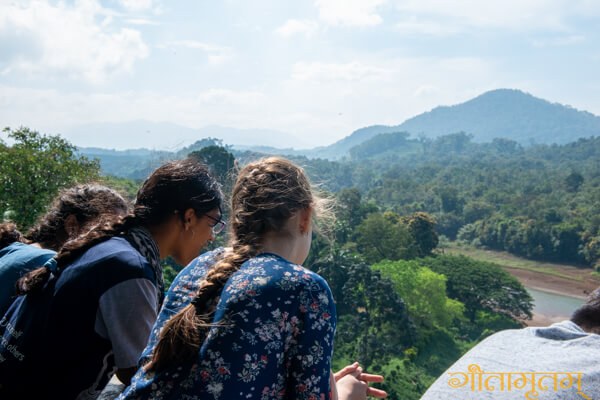
Thenmala Dam
Next stop was the famous Thenmala Dam which is the second-largest irrigation project in Kerala. It impounds the longest reservoir in the state and water from the reservoir is also used for generating power. The Thenmala dam is a popular ecotourism attraction.
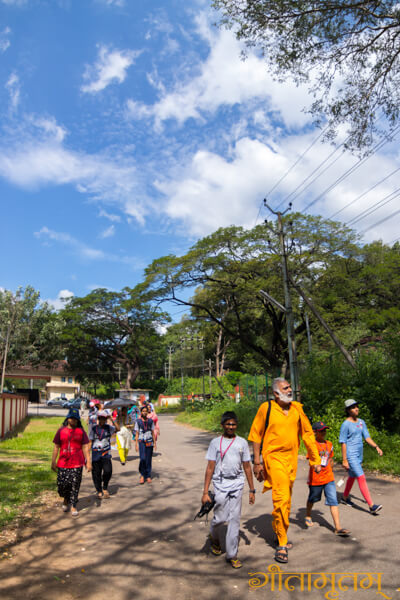
Harikrishna describes her experience: “The walk through the forest to the dam was gorgeous. We saw a great big dam that generates 66 kilowatts of electricity daily. This made me realize that people are very smart and know how to make the best use of different natural elements.”
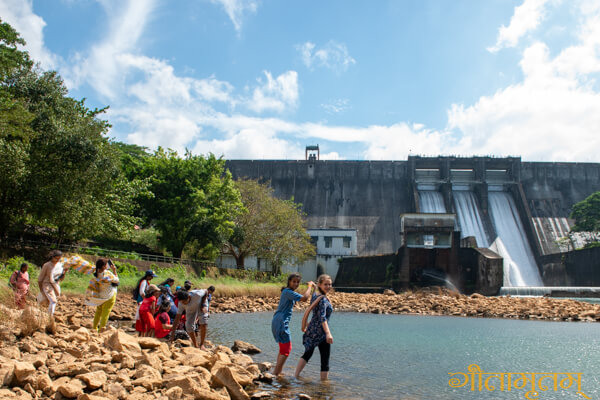
Amritavashini Kunju said: “When we reached the Thenmala dam we went into the water and it was so cold and the rocks were so slippery but we all enjoyed playing there.”
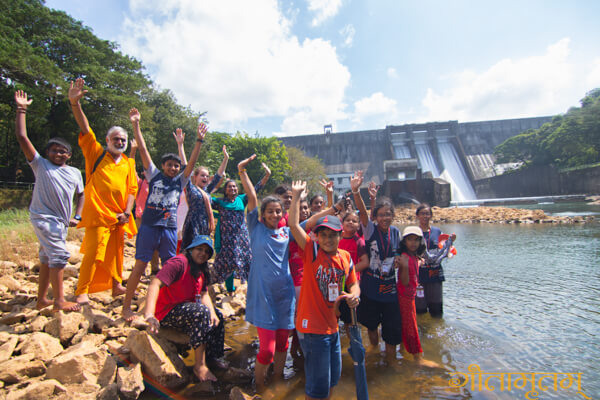
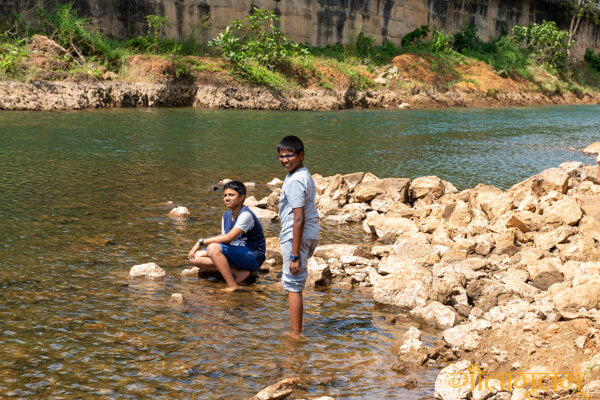
Kulathupuzha Ayyappa temple
The next stop was Kulathupuzha Ayyappa Temple. This ancient temple is one of the four Dharmasastha temples where the idol is believed to be consecrated by Lord Parasurama.
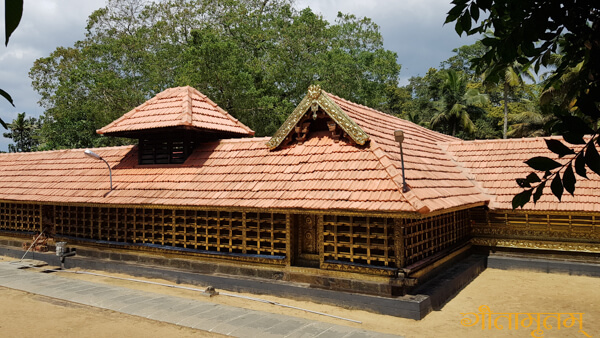
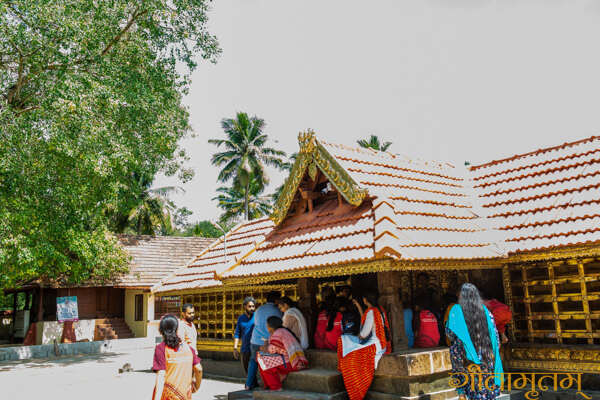
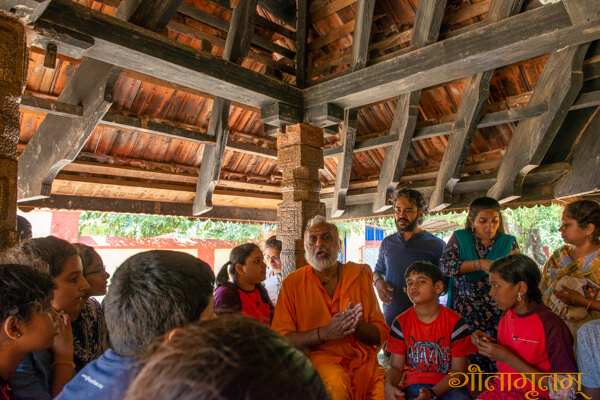
The presiding deity there is Lord Ayyappa in the form of Bala Sastha (baby Ayyappa). Nearby the temple there is a river with lots of fish, as they are considered to be the favourite ones of Lord Ayyappa. They are known as the ‘Thirumakkal’ (darling children) of the Lord.
The legend of the river goes that once long ago there was a huge flood that hit the part of Kerala where the temple is situated and the river near the temple was overflowing. Even as the floodwaters came down, the fish didn’t flow away but stayed in there.
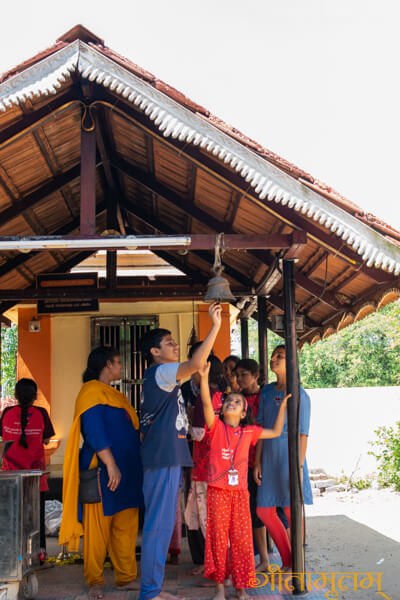
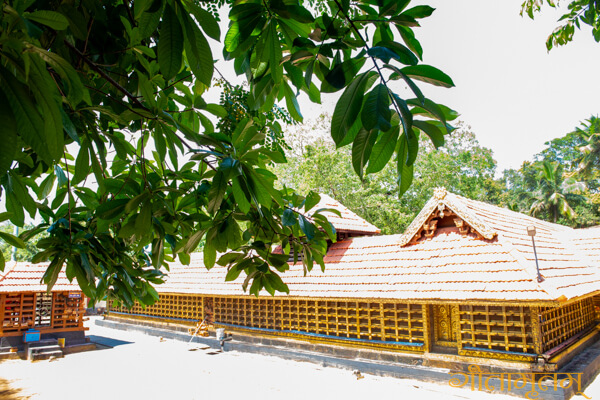
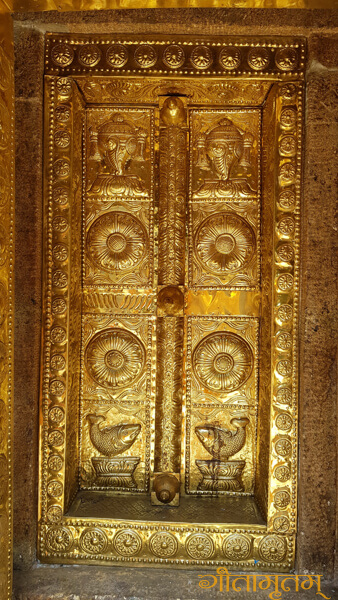
Harikrishna said: “I learned that the fish there are fed every day and there are some special days when the temple priest rides on an elephant to the pond and feeds the fish with sweet pudding.”
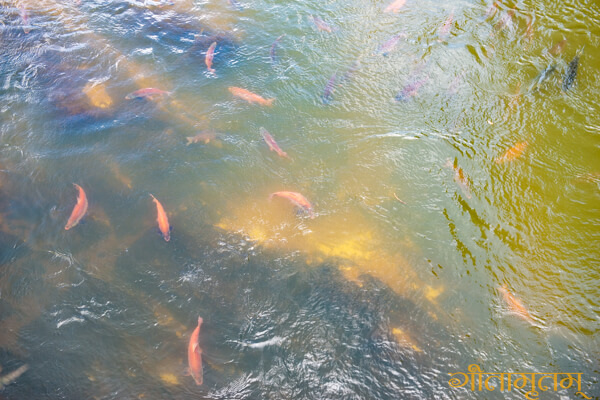
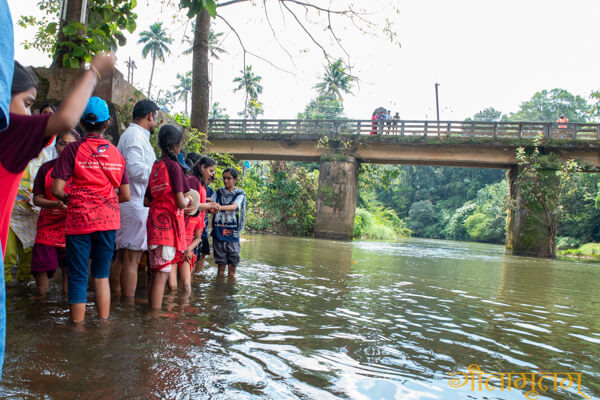
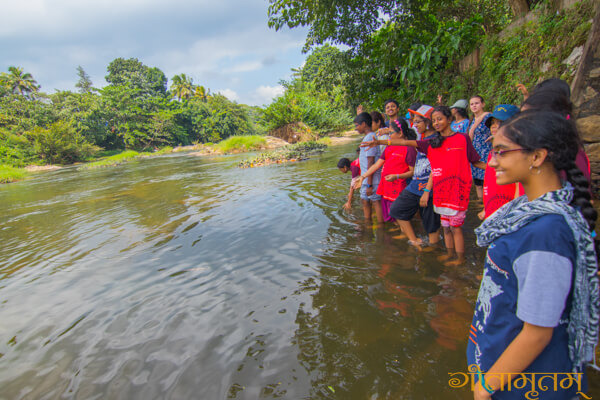
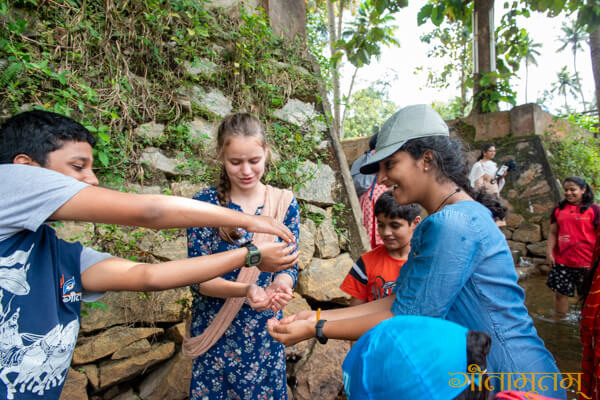
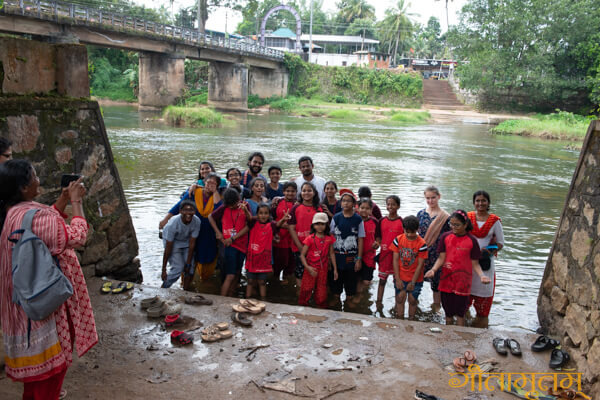
Chinmayi: “I heard that if a person has a mole in the face or hand, it can be removed by feeding the fish in the temple pond every day.”
When they were leaving the Ayyappa temple they also went to offer their prayers in the nearby Naga temple. After praying there for a while they met a woman who was playing a very strange looking veena. It was covered with snakeskin and was called “pulluvan veena”. They learned that only a special group of people, called the Pulluvanmars were supposed to play that instrument. The lady sang a song for them that would help them avoid any snake curses. She told them that playing the special veena and singing was a way to communicate with the ‘Sarpadevas’ or snake gods.
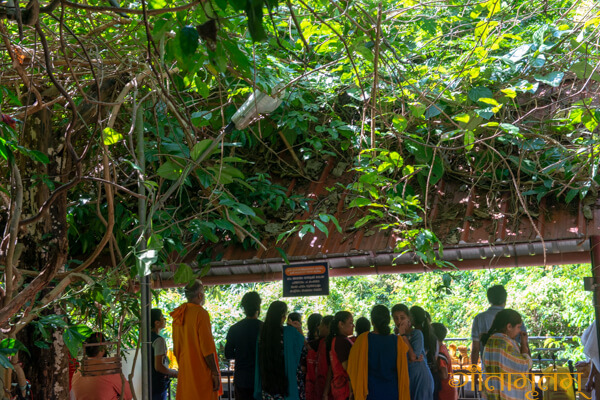
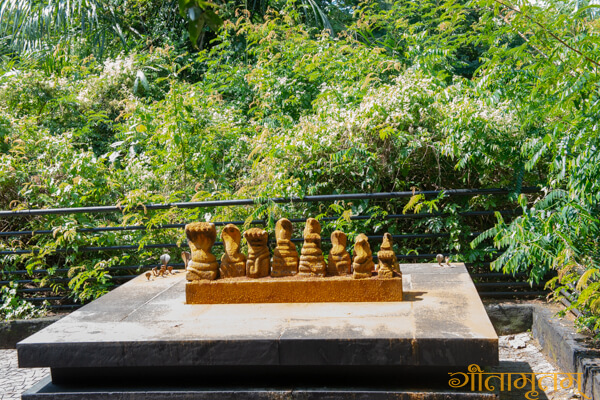
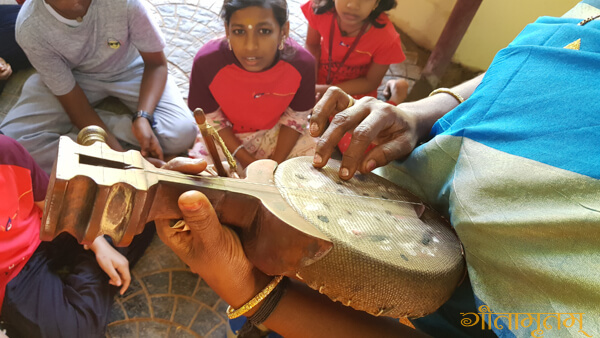
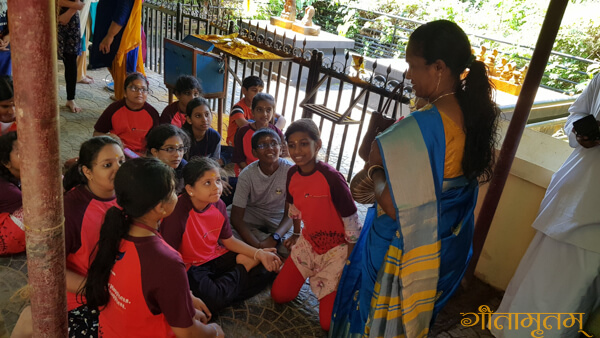
Harikrishna: “While listening to the lady who played the pulluvan veena, I realized that we should stay connected to nature and animals.”
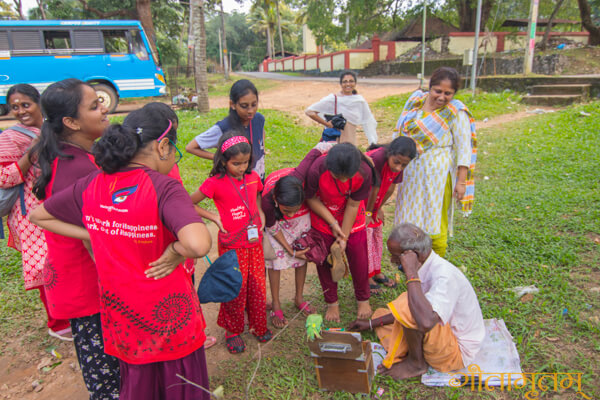
Kottukkal Cave temple
This ancient temple, dating back around 2000-years is an existing example of rock-cut architecture. Inside there are two caves of unequal size. The deities are Hanuman, Nandi, Siva and Ganesh. According to a local tradition, the big rock out of which the temple is carved was brought there by an incarnation of Siva.
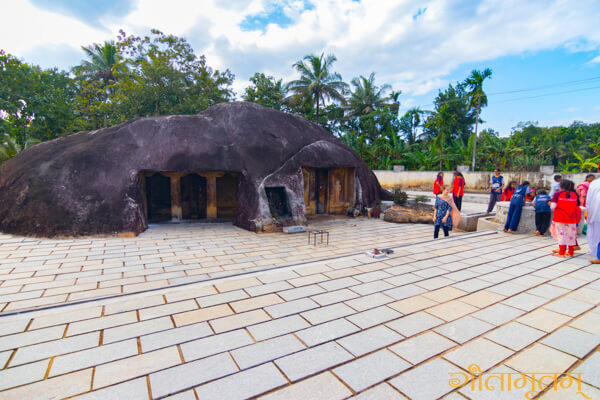
Amritavarshini S: “The temple was made out of a huge rock by removing the unwanted parts. In a similar way, Amma removes the negativities in us to make us divine.”
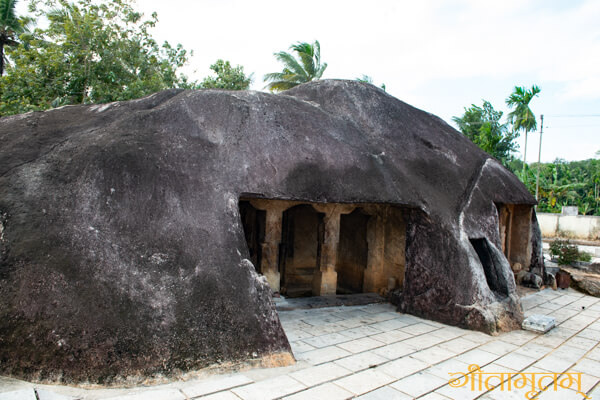
Gaurav Sai: “I feel that just as all the sculptures and forms in the temple were carved out of that one stone, similarly all names and forms in this world are part of the all-pervading Atman.”
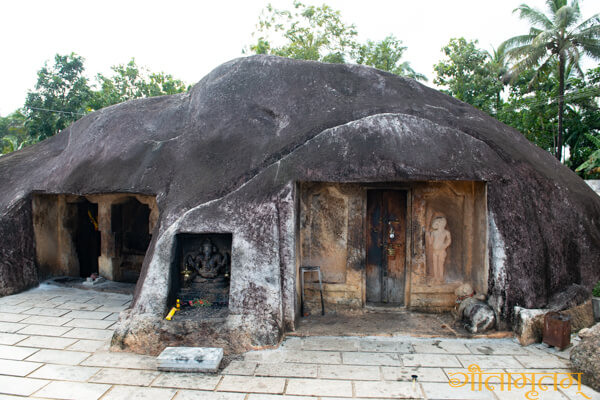
Jatayu – a tribute to women’s safety and honour
Last stop of the day was at the Jatayu earth centre. The centre spans over 65 acres and across 4 hills and is a beautiful eco-friendly tourist attraction as well as a cultural heritage site. It has gotten its name after the legendary bird from the epic Ramayana. The Jatayu sculpture is the biggest bird sculpture in the world with a length of 200 feet, a width of 150 feet and a height of 70 feet. It has been built on a mighty rock called Jatayupara. The sculpture depicts Jatayu laying on its back, having fallen to the ground after trying to save Sita from the clutches of the demon Ravana. He is trying to get up to fight Ravana once more is portrayed here. The statue of Jatayu stands as a tribute to women’s safety and honour.
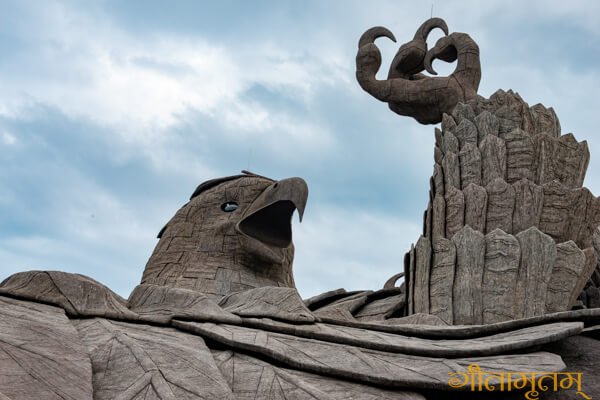
After reaching the Jatayu earth centre, the Gita yatra group went up to the Jatayupara with cable cars. They admired the magnificent statue and saw the footprint of Lord Rama, as well as the hole in the ground which was made by Jatayu’s beak as he fell to the ground. They had Satsang and bhajans at the Jatayupara amidst a group of friendly monkeys.
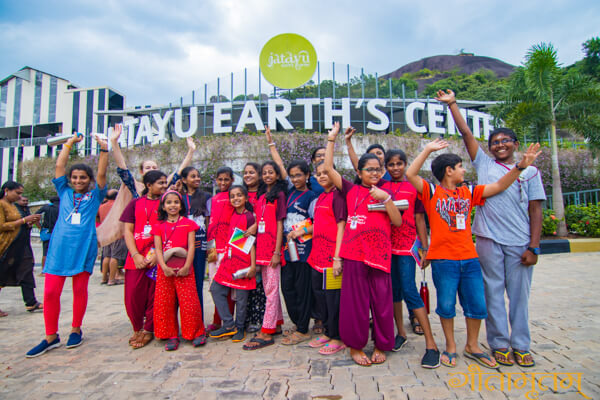
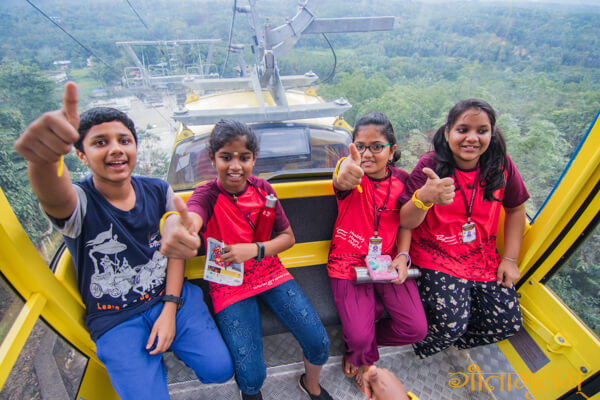
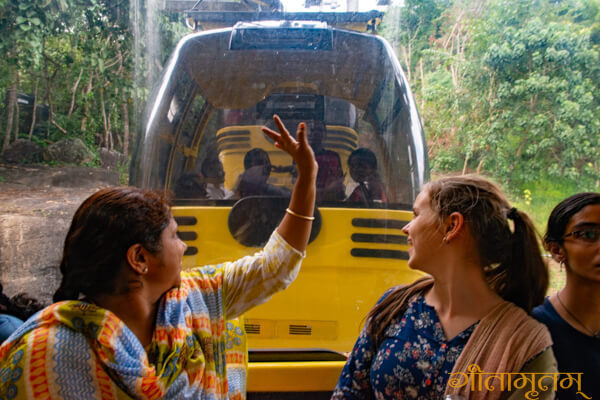
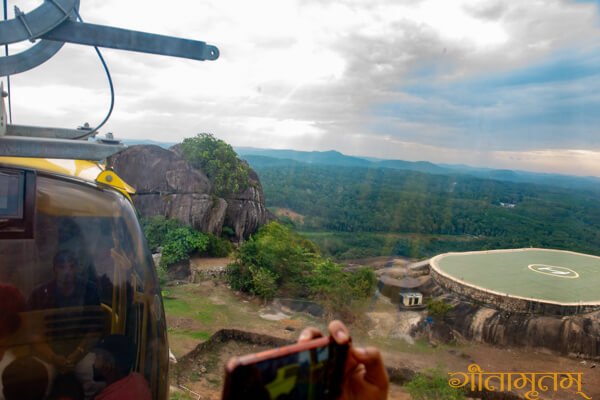
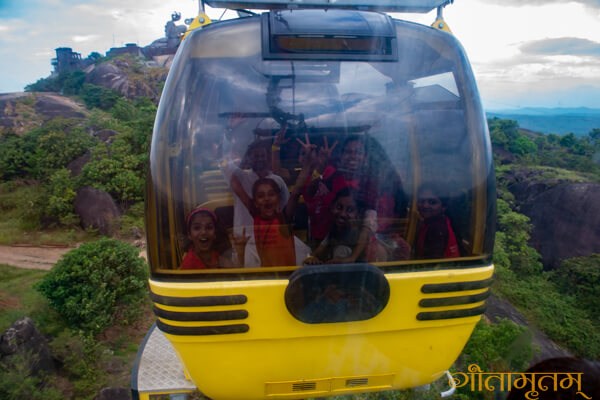
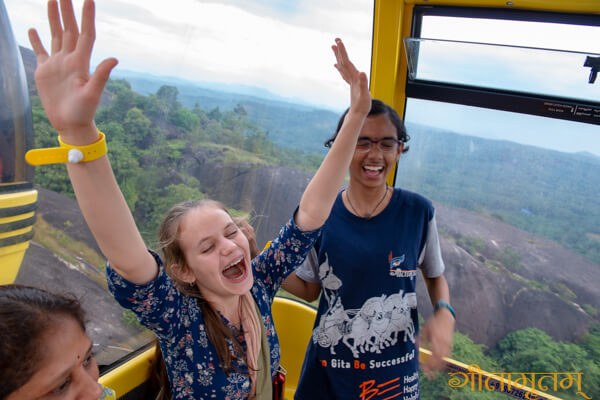
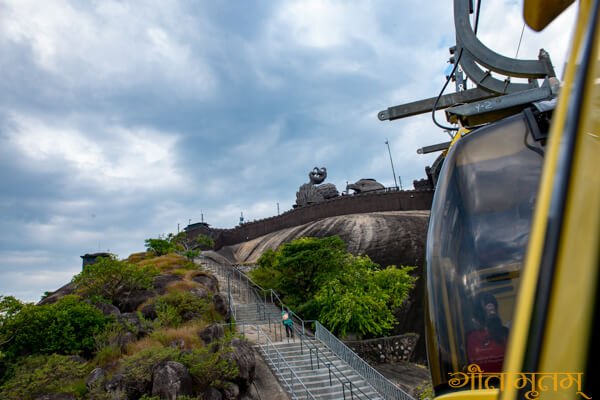
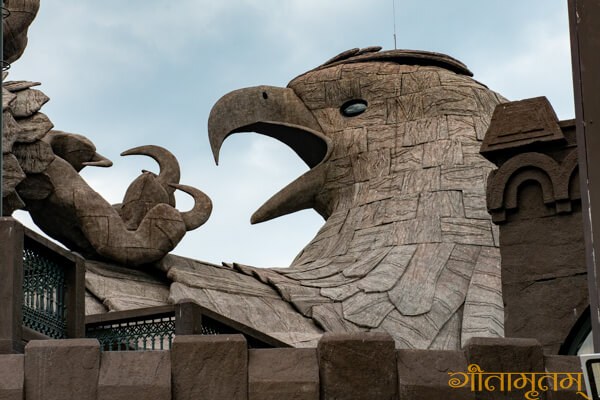
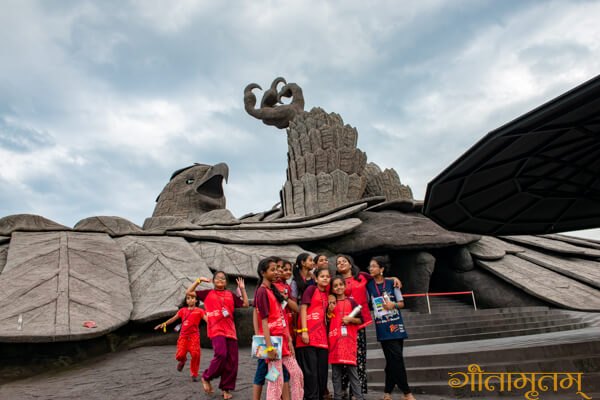
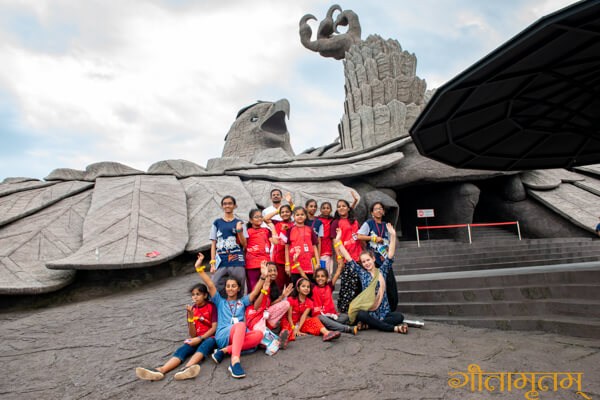
Kripa: Even when Jatayu was injured he still wanted to get up and save Sita.
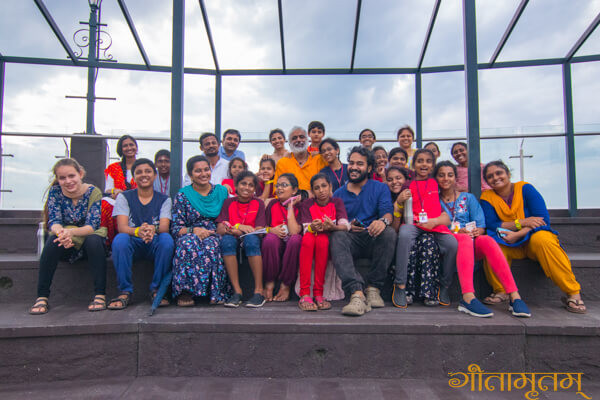
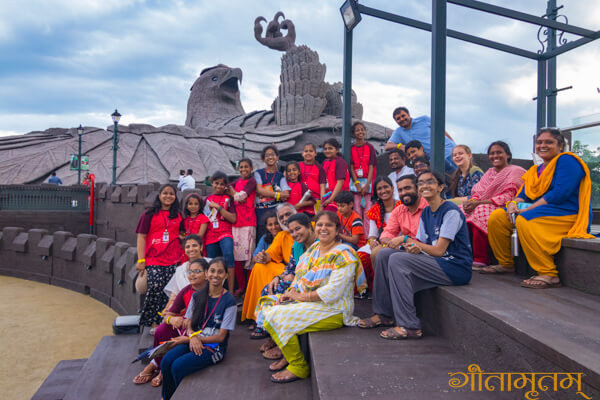
Amrita P: Just like Jatayu fought against Ravana, though he was only a bird, we too should have the same kind of courage to face hard situations in life.
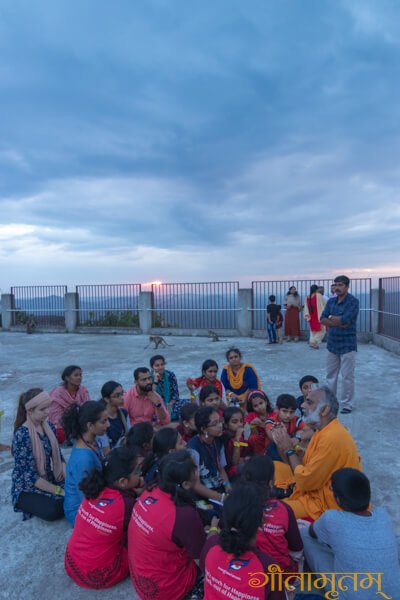
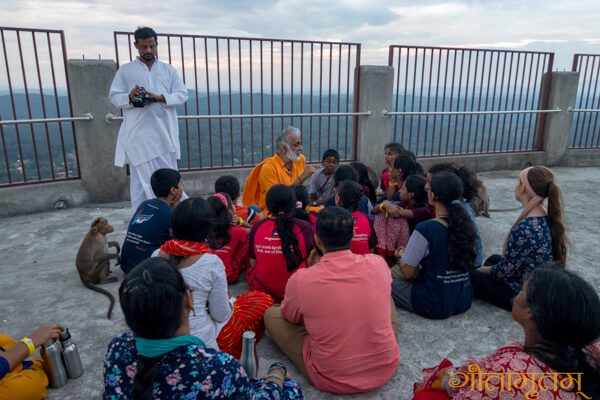
Harikrishna: Dhyanji told us that wherever Lord Rama’s story is being told, Hanuman will be there together with his gang of monkeys!
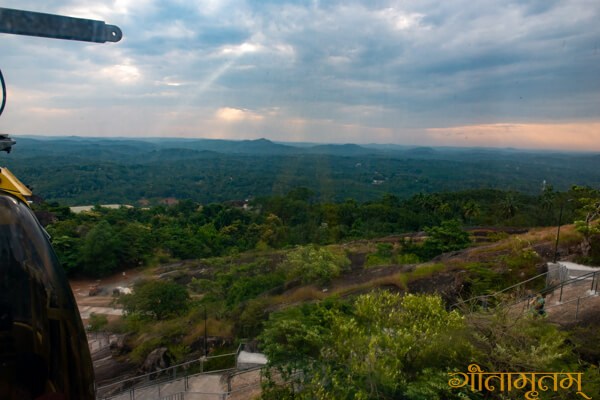
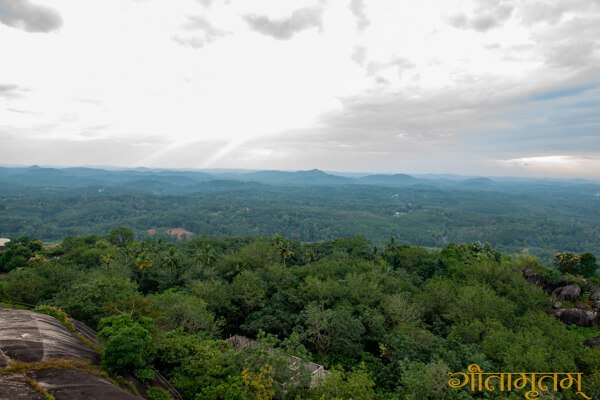
After Visiting the Jatayupara, the group returned to Amritapuri, with hearts full of gratitude and mind full of wonderful memories of this unforgettable day.
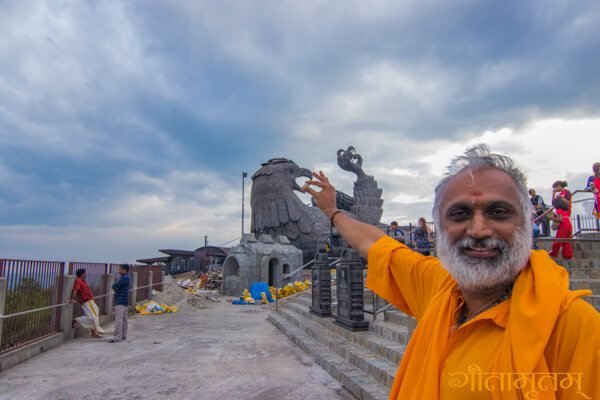
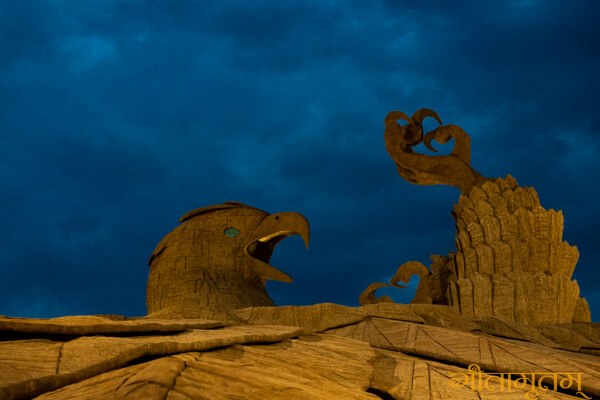
The participants: Anjana, Tapasya, Pragnya, Harikrishna, Pranav, Gaurav Sai, Amritavarshini K, P.Amrita, Chinmaya, Chinmayi, Kunju, Amritavarshini S, Panchakshari, Sobhita, Amrita Ramesh, Mukund and Kripa.
